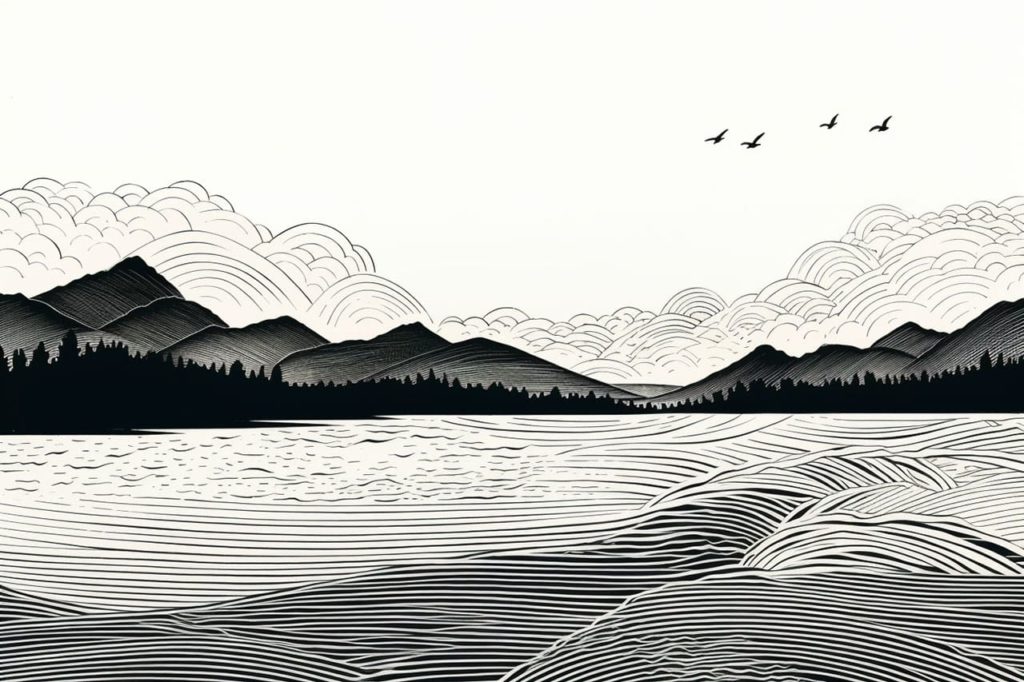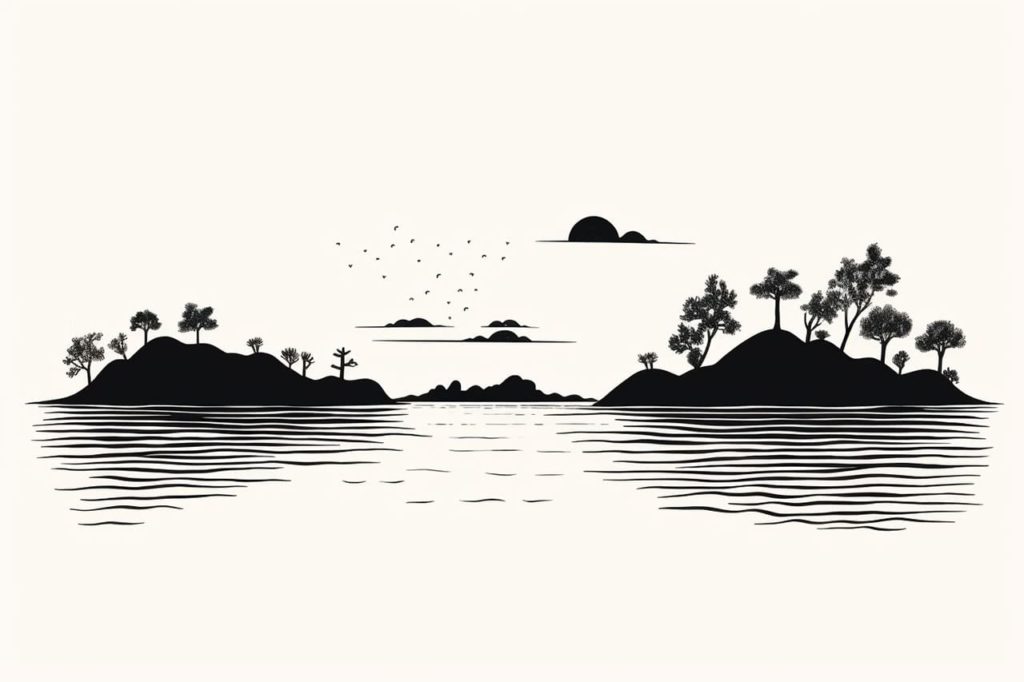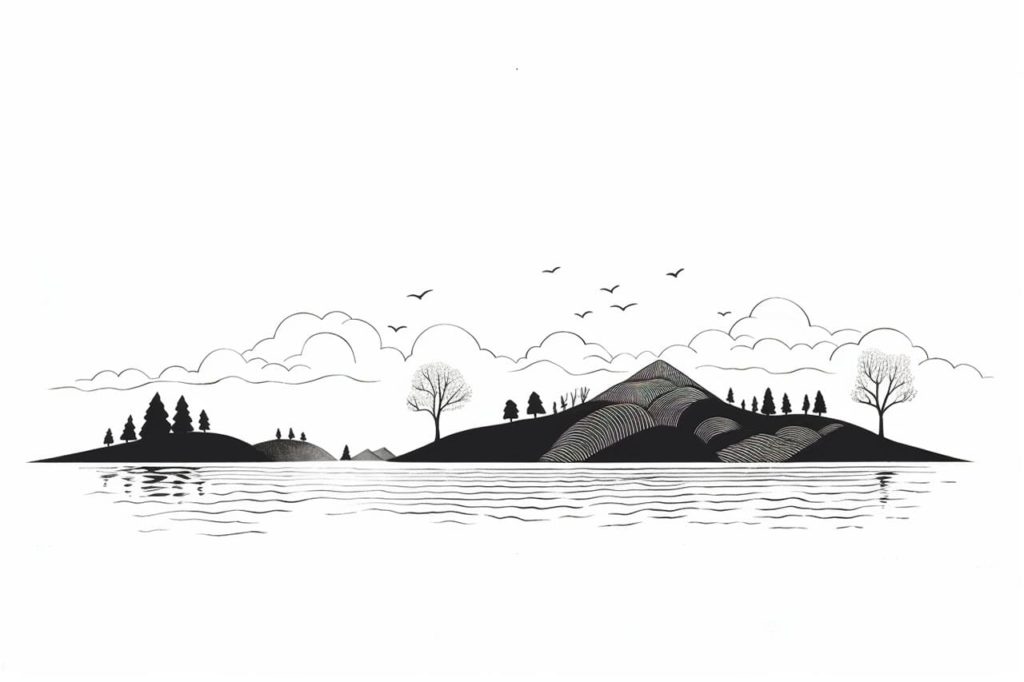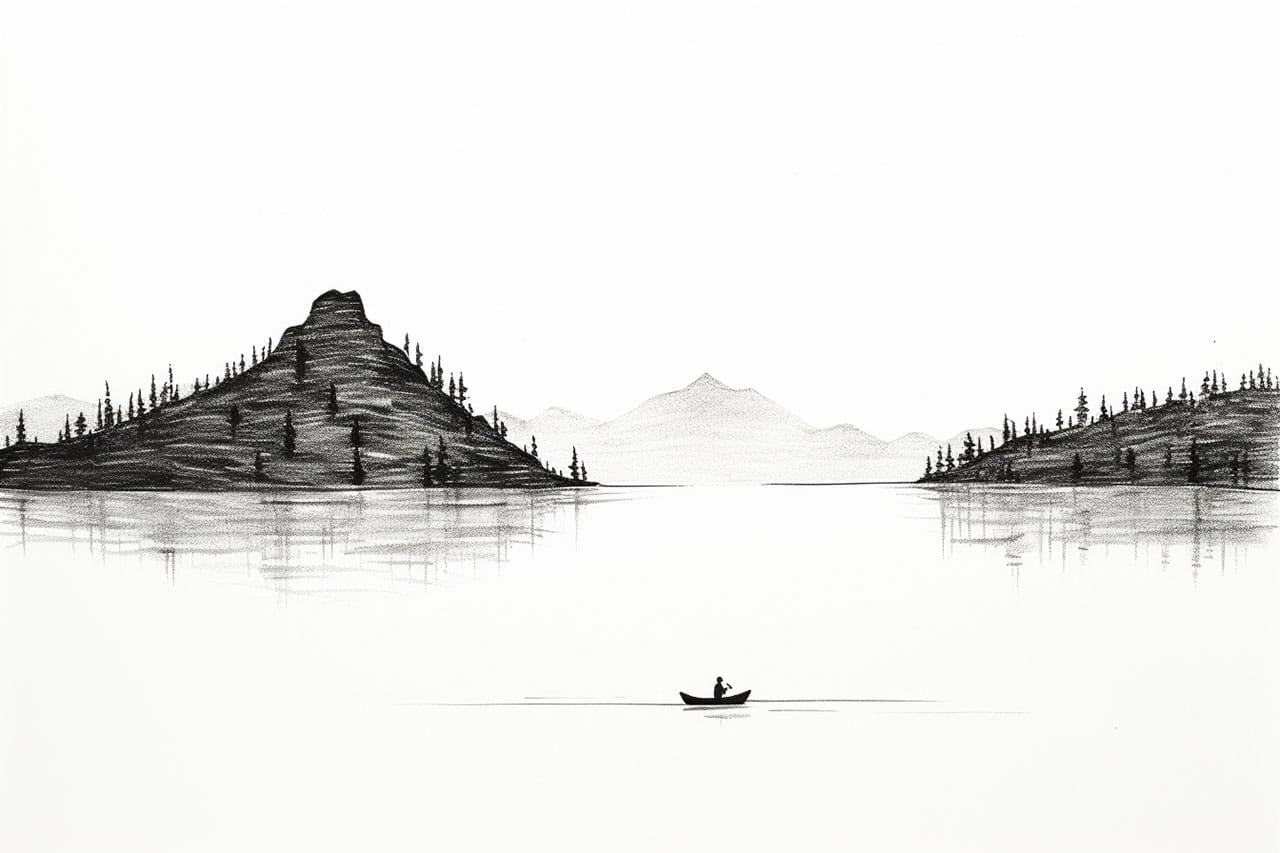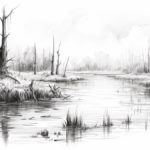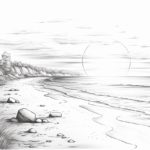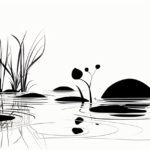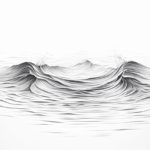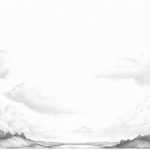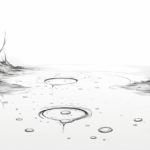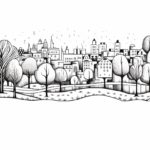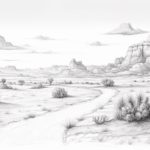As an expert artist and drawing instructor, I understand the joy and challenges of capturing the beauty of nature on paper. In this step-by-step guide, I will walk you through the process of drawing a serene and picturesque lake. Whether you are a beginner or an experienced artist looking to enhance your skills, this tutorial is designed to help you create a realistic and stunning representation of a lake. So, let’s dive in and begin this artistic journey together!
Materials Required
Before we get started, let’s gather the necessary materials for this drawing:
- Drawing paper: Use a medium-weight paper that can handle various drawing techniques and textures. A size of 9×12 inches or larger should work well.
- Pencils: You will need a range of graphite pencils, including H, HB, 2B, and 4B. These will allow you to create different shades and values in your drawing.
- Erasers: A kneaded eraser and a regular eraser will be helpful for correcting mistakes and adding highlights.
- Pencil sharpener: Keep your pencils sharp to achieve fine details and crisp lines.
- Drawing board: Use a sturdy and flat surface to secure your drawing paper while working.
- Reference photo: Find a high-quality photo of a lake that inspires you. This will serve as a reference for your drawing and help you capture specific details.
Now that you have all your materials ready, let’s proceed to the step-by-step instructions.
Step 1: Sketch the Basic Outline
Begin by lightly sketching the basic outline of the lake using an H or HB pencil. Start with the horizon line and mark the position of the lake within the frame. Pay attention to the placement of any mountains, trees, or other elements surrounding the lake. Focus on capturing the overall shape and proportions accurately.
Step 2: Add Depth with a Pencil
Using a 2B or 4B pencil, start adding depth to your lake drawing. Shade the areas that are farther away from the viewer, such as the far shore and distant mountains, with light pencil strokes. Gradually build up the values and darks as you move closer to the foreground. This will create a sense of perspective and depth in your artwork.
Step 3: Define the Shoreline
To create a convincing shoreline, use short, curved lines to represent the irregular edges of the lake. Pay attention to any rocks, trees, or vegetation along the shoreline and incorporate them into your drawing. Vary the pressure on your pencil to create different textures and tonal values.
Step 4: Add Reflections
One of the key aspects of drawing a lake is capturing the reflections on the water’s surface. Observe the reference photo and carefully replicate the shapes and colors of the surrounding objects reflected in the lake. Use smooth and light pencil strokes to create a slightly distorted mirror effect. Remember to adjust the values to match the lighting conditions of your scene.
Step 5: Render the Water
To depict the water’s texture, use short, diagonal pencil strokes. Pay attention to the direction of the strokes, which should follow the natural flow of the water. Darken the areas where the water is deeper or has more turbulence. Keep the strokes lighter and more horizontal in calmer areas of the lake.
Step 6: Add the Sky
The sky plays a vital role in setting the overall mood of your lake drawing. Lightly shade the sky area with a graphite pencil, following the natural movements of clouds. Use a blending tool or your finger to create a smooth transition between the sky and the water. Take care not to smudge your drawing as you work.
Step 7: Detail the Foreground
Now, shift your focus to the foreground elements of your lake drawing. Whether it’s grass, rocks, or other vegetation, add detailed textures and shapes to make them come alive. Pay attention to the lighting and shadows, as they will enhance the three-dimensional feel of your artwork.
Step 8: Refine and Add Highlights
Take a step back and evaluate your drawing so far. Look for areas that need refinement or additional details. Use an eraser to lighten or remove any unwanted marks. Add highlights to the water’s surface, shoreline, and any objects reflecting light. This will bring a sense of realism and luminosity to your lake drawing.
Step 9: Finalize the Details
In this final step, focus on adding the finishing touches to your lake drawing. Take your time to refine any remaining details, such as the textures on the trees or the ripples on the water. Pay close attention to contrast and values to ensure a dynamic and visually appealing artwork.
Congratulations! You have successfully drawn a beautiful lake. Remember, practice is key to improving your drawing skills, so don’t hesitate to try this tutorial multiple times with different variations and techniques.
Conclusion
Drawing a lake allows you to explore the beauty of nature and create a serene and captivating artwork. By following the step-by-step instructions in this tutorial, you have learned how to sketch the basic outline, add depth and reflections, render the water, and finalize the details. With practice and experimentation, you can further enhance your lakeside drawings and develop your unique artistic style. Now, grab your pencils, find a tranquil photo of a lake, and let your creativity flow as you create breathtaking artworks!
Gallery of Lake Drawings
